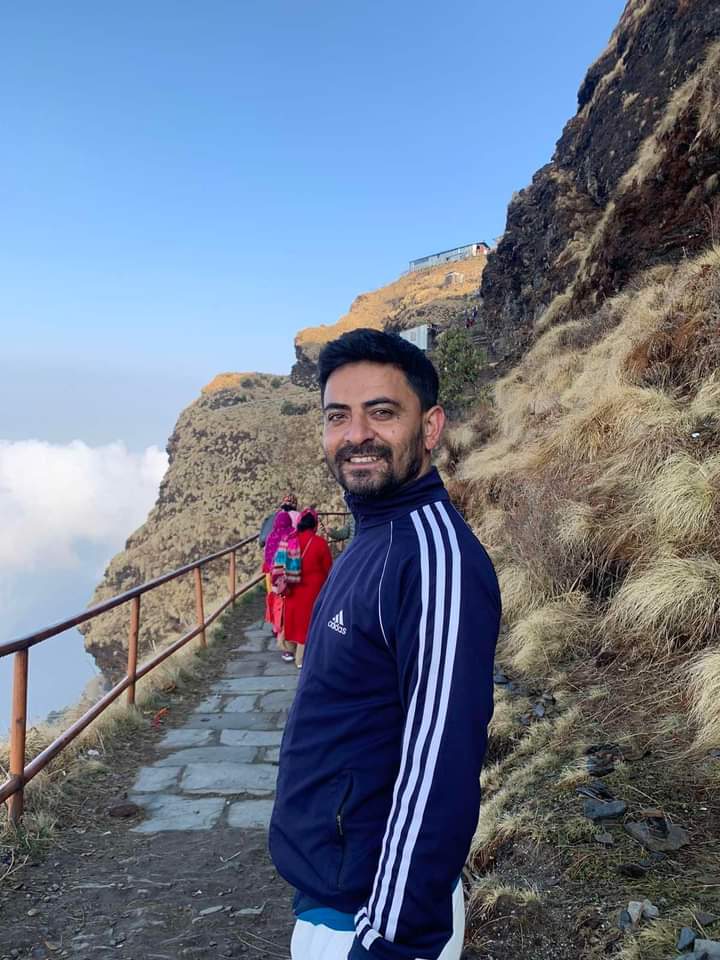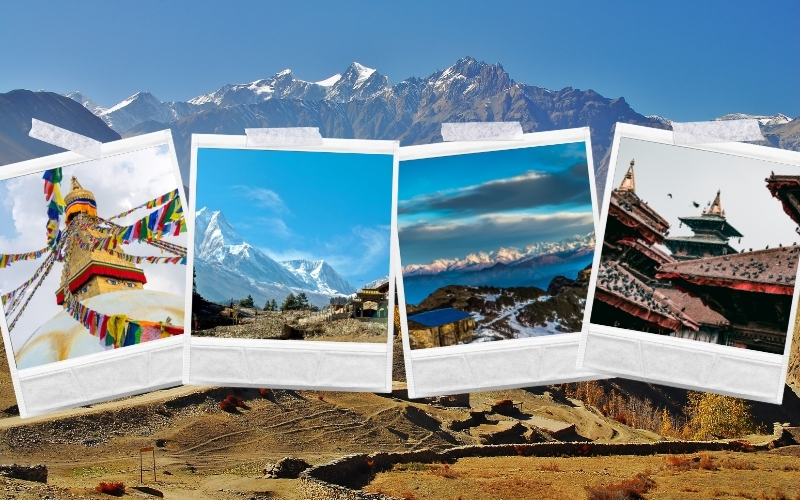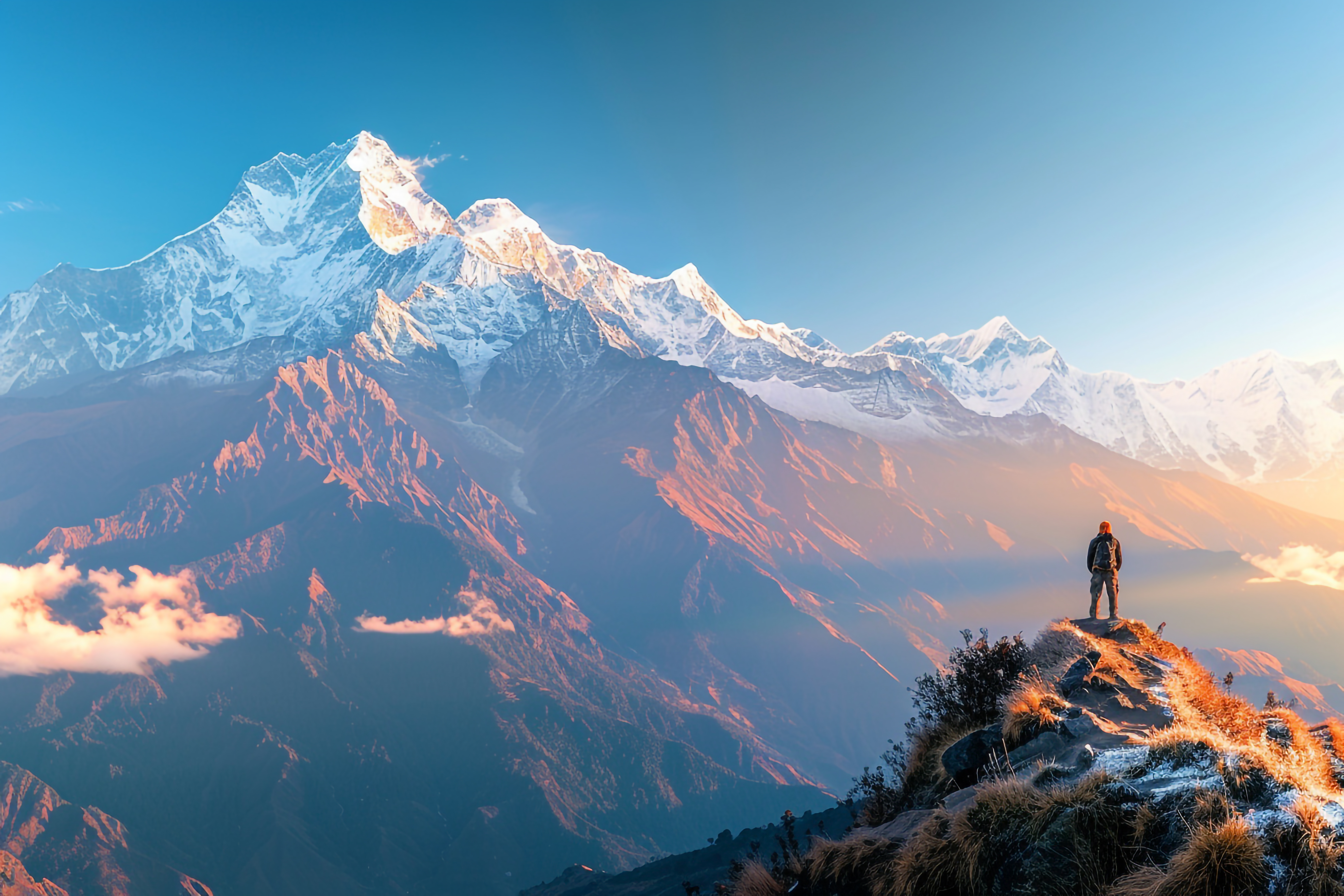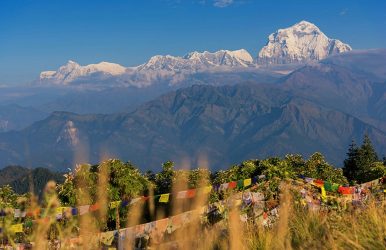In a comparison of the prospective must-visit tourist attractions in Nepal: Top 10 Must-Visit Destinations in Nepal 2025. Nepal, the
Nepal’s Cultural Festivals You Shouldn’t Miss
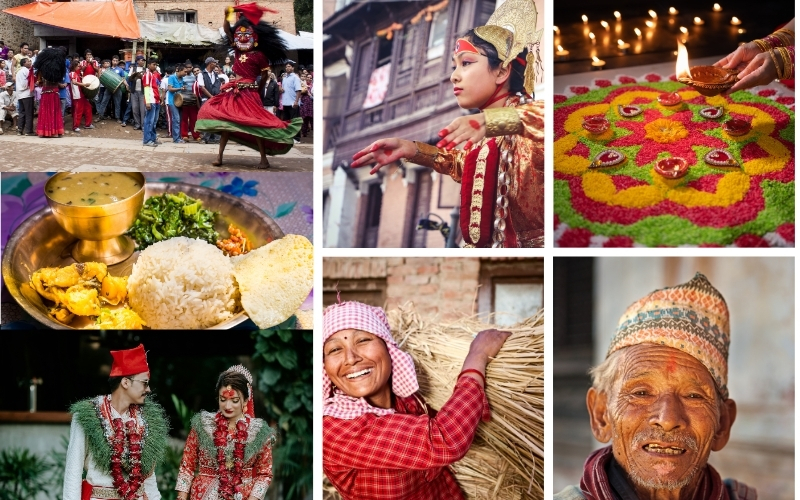
Sandesh Acharya
Nepal, the landlocked country that lies in between two giant nations China and India is not only famous for its towering mountains and beautiful geographical terrains. Cultural festivals reflect the noticeable national heritage, which allows the guests of the country to see the traditions, religious faiths, and/or different festivities, which, to name a word, are centuries old. These are held from the streets of KTM to the high hills, making festivals a vital instrument that colors the whole of NEPAL every now and then.
1. Dashain
The Grand celebration of Good over Evil
The dance festival of Nepal and widely celebrated, the festival is known as Dashain, which is extended for fifteen days in September or October every year. The Bengali month of Ashvin which begins with the full moon day is dedicated to this special event in honor of goddess Durga’s triumph over the demon Mahishasura.
In Dashain mothers, fathers, sons, daughters, brothers, sisters and other members of the family celebrate together overcoming the physical distances that sometimes separate Nepali families. That is the sight of children flying kites on the streets, which signifies sending messages to the gods. The most highlighted part of the festival is the fixing of ceremonial swings (ping) in villages where young people go to play.
The first nine nights of the festival are called Navaratri during which people go to temples and worship. Vijaya Dashami, the tenth day, is regarded as the most crucial as one’s seniors put tika (the red color powder) on the junior members of the family and Jamara (fresh shoots of grass). Smells of traditional food items such as the Sel roti, the sweet rice bread-like projects, and a variety of meats pervade all homes.
Travel tip: When planning to travel with the Nepali people during Dashain, it is advisable to check in at a hotel early as this is the peak period full of lots of Nepali tourists heading home.
2. Tihar
The Festival of Lights
Incubating Nepal for five days immediately after Dashain, Tihar or Deepawali enlightens the country. The beauty of the fact is that, unlike Indian festival of lights, the Nepalese festival of lights is different in many ways such as crows are worshipped as messengers of death, dogs as their guard and cows as wealth.
Each day of Tihar has special significance:
- Kaag Tihar: Devotees offer food to crows
- Kukur Tihar: Dogs are decorated with beads and necklaces, and fed with some juicy cakes.
- Gai Tihar and Laxmi Puja: Animals like cow are revered, and homes enlightened to welcome the deity Laxmi the goddess of wealth
- Gobardhan Puja: The worship of oxen
- Bhai Tika: Elders are respected and honored especially by sisters who make ornate tikkas and blessings to their brothers
The festival not only brings changes that seem magical to the cities and villages by replacing lamps with oil, candles, or electric lights. Girls visit houses and perform Deusi and Bhailo, songs, and are offered money and sweets in turn.
3. Indra Jatra
The Festival of Rain God
Late September marks the eighth day festival of Indra Jatra in Kathmandu’s Durbar Square that honors the god of rain, Indra or the king of heaven. The one and half week long festival commences when a wooden pole known as Yosin is installed in front of the ancient Hanuman Dhoka Palace.
Another big attraction of Indra Jatra involves the Transportation of the Living Goddess Kumari on her(brittle) chariot with members of Ganesh and Bhairav communities. The chariot procession through the narrow streets of old Kathmandu pulls in thousands of people and gives photographers the best opportunity to shoot the peoples’ living encyclopedia, Nepal.
In the course of the festival, the masked dancers stage different dance to represent different supernatural beings. The most well known of Fijian dances is the Majipa Lakhey dance where a dancer is dressed in a red mask as a demon who turned into a guardian of children.
4. Maha Shivaratri
The Great Night of Shiva
Maha Shivaratri is held every February or March and thousands of Hindu devotees from different parts of South Asia flock in the Pashupatinath Temple in Kathmandu. This festival is celebrated in honor of Lord Shiva, who is among the trinity of the principal deities in the Hindu religion.
The courtyards of the temple are filled with the recitations of prayers as well as thick smoke of fires offering. Nepal and India-sans men- their appearance and mode of life increase the enchanting and magical impression of the festival. On this day, a number of shivite people do not take food and do not sleep the whole night, and have faith that Shiva dances his terrific tandav during the night time.
What makes this festival rather interesting is that people are allowed to use marijuana legally and sadhus indulge as marijuana is holy to Lord Shiwa. But this is done sparingly and only for holy men only in the belief that it has a similar effect as abortion.
Explore Nepal with Local Guides, 100% Safety, and Zero Wasted Money – Your Trust, Our Promise!
5. Buddha Jayanti
Celebrating the Light of Asia
Buddha Jayanti is observed with a lot of fanaticism most especially in Lumbini, which is the birthplace of Buddha. This celebration takes place on the full moon of May, and involves many Buddhist devotees, visiting important shrines across the globe.
In Kathmandu, the festival concentrates on Swayambhunath and Boudhanath stupas. People go around these religious structures, worshipped by lighting butter lamps and offering flowers. Buddhists have monasteries that perform special ceremonies and display varied illustrations and relics of Buddhist art.
5. Bisket Jatra
New Year Festival of Bhaktapur
A second festival of Bhaktapur is Bisket Jatra which is celebrated in April to welcome the New Year in Nepal. The festival starts with a match between the eastern and western teams of the city to pull a colossal eighter chhatri carrying the idol of the god Bhairava.
The climax is when two tall wooden poles are put up, followed by their demolition as was the norm in a folkloristic story. It is thought that the sound made during the collapse of these poles is indeed auspicious for the next year.
6. Losar
Tibetan New Year
It is a special festival of Tibetan origin celebrated in most areas of Nepal, especially in the mountain areas but the major celebration of Losar can be observed in the Tibetan Buddhist Monasteries of Nepal. It is the celebration of the Tibetan New Year and usually takes three days with the celebration held in February.
Monasteries hold cham–masked dances, households are cleaned from top to bottom in order to tidy up for the new year. Traditional booby-trapped dumplings (momo) containing misfortune are cooked for the purpose of divining the consumer’s luck in the New Year.
Conclusion
The festivals of Nepal are not mere entertainment – they are actual representations of this nation’s social fabric. They are all from the festival of lights – Tihar to the biggest festival – Dashain or the mysterious Maha Shivaratri which are nothing but the mythologies of faiths and traditions.
If travellers are interested in special and unique historical events, travelling to these countries during these festivals will automatically turn the ordinary tour into the most memorable one. But bear one thing in mind, these are not just places of interest to tourists only but they are also important events for the locals. Treat them with respect, come with questions and maybe an open mind and heart and you are welcomed into one of the oldest cultural practices in the world.
Just a reminder that most festivals here are by lunar calendar so there may be changes in dates from one year to another so better check local calendars too. Cultural festivals in Nepal make a tourist’s trip to the country most enjoyable if they take time to research and respect the festival in the course of their travels in the country.


